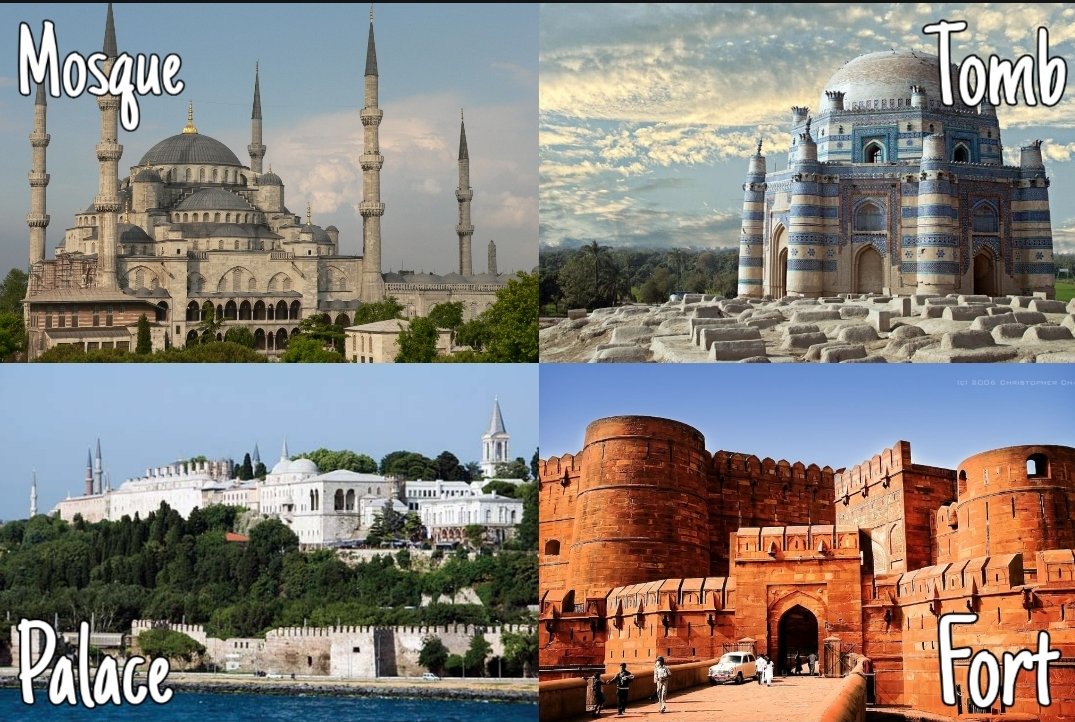
Since today's #WyrdWednesday theme is Norse Mythology, I've decided to make a short thread on ancient Norse beliefs on the afterlife, specifically the various worlds that Norse pagans believed people would go to after death. I hope you enjoy! 1/ 

As far as Norse afterlife beliefs, they are mentioned a surprisingly small amount in early sources. Much of the actual descriptions of the afterlife realms are gleaned from later sources and should be taken with a grain of salt. It is however theorized that much of the 2/
afterlife destinations were not as removed from the normal lives of the ancient Norse as they are in other religions and were instead based on and influenced by the way each person lived and died on an individual basis. 3/
One of the worlds I have already made a post about is linked below. Descriptions of Helheim are believed to be influenced by Christian beliefs of Hell & may not be fully accurate. Early sources make little distinction between Hel, Valhalla, & Folkvangr. 4/
https://twitter.com/FemboyFolklore/status/1402511456562683908?s=20
The closest thing to a "Hell" in Norse mythology is Náströnd, the corpse shore, which is a place within Hel where those guilty of murder, adultery, and oath-breaking went. The serpent Níðhöggr lives here and chews on corpses. #WyrdWednesday 5/ 

Half of the warriors who die in battle are believed to go to Valhalla, chosen by Odin and guided by Valkyries. Valhalla is an enormous hall in Asgard where fallen warriors fight and feast until they are called upon to fight for the gods at Ragnarok. #WyrdWednesday 6/ 

The half of the fallen warriors who do not go to Valhalla go to Fólkvangr, a field ruled over by the goddess Freya. Warriors brought here spend their days similarly to in Valhalla, with the difference being that Freya chooses the warriors that go here. #WyrdWednesday 7/ 

Rán was the place it was believed that Vikings who drowned at sea would end up. It was a golden hall at the bottom of the sea, ruled over by a primordial sea spirit, also named Rán, who would use a giant net to sink ships. #WyrdWednesday 8/ 

Another place that people were said to end up after death was Helgafjell, the holy mountain, where people reunited with their families and were said to live similar lives to people on Earth. #WyrdWednesday 9/ 

Image sources:
1: skjalden.com
2: Lorenz Frølich
3: Emil Doepler
4: Mitch Williamson
5: Elisabeth Alba
6: blog.vkngjewelry.com
1: skjalden.com
2: Lorenz Frølich
3: Emil Doepler
4: Mitch Williamson
5: Elisabeth Alba
6: blog.vkngjewelry.com
Sources and further readings:
Helheim: The Underworld blog.vkngjewelry.com/en/helheim-the…
Valhalla: norse-mythology.org/cosmology/valh…
Folkvangr: vikingsbrand.co/blogs/norse-ne…
Rán: occult-world.com/ran/
Norse Afterlife: blog.vkngjewelry.com/en/norse-after…
Helheim: The Underworld blog.vkngjewelry.com/en/helheim-the…
Valhalla: norse-mythology.org/cosmology/valh…
Folkvangr: vikingsbrand.co/blogs/norse-ne…
Rán: occult-world.com/ran/
Norse Afterlife: blog.vkngjewelry.com/en/norse-after…
• • •
Missing some Tweet in this thread? You can try to
force a refresh

















